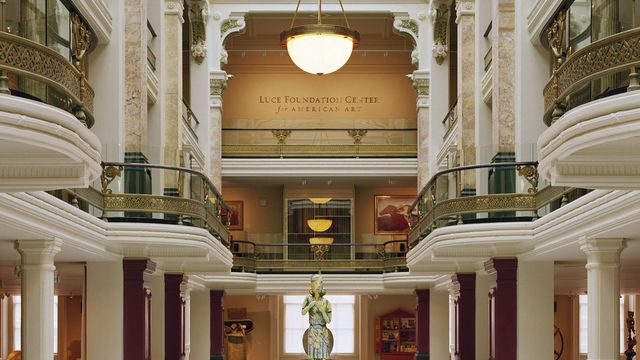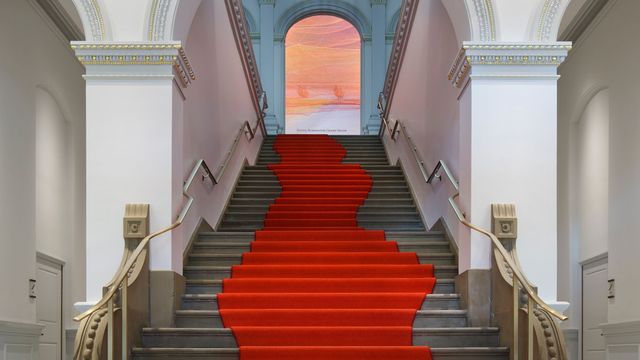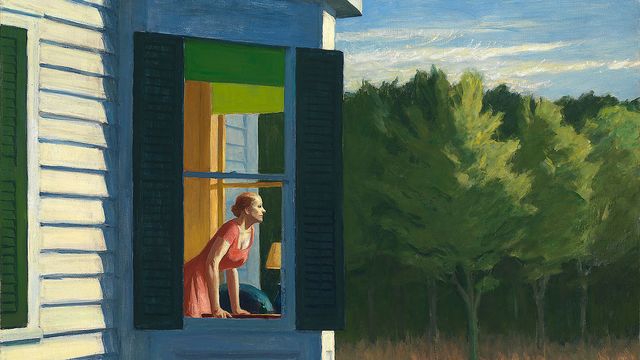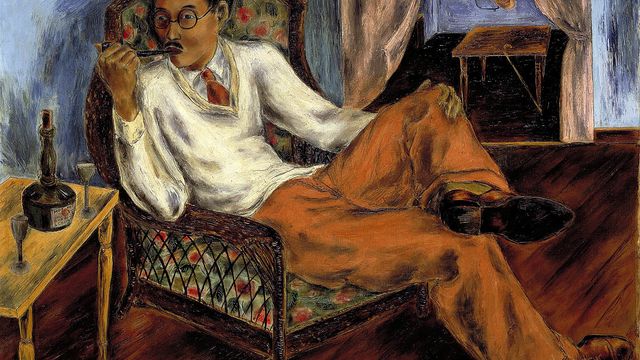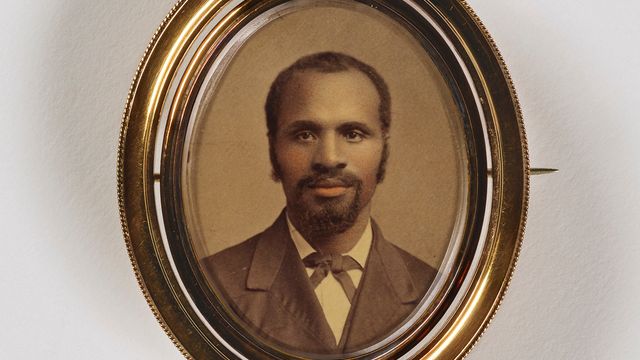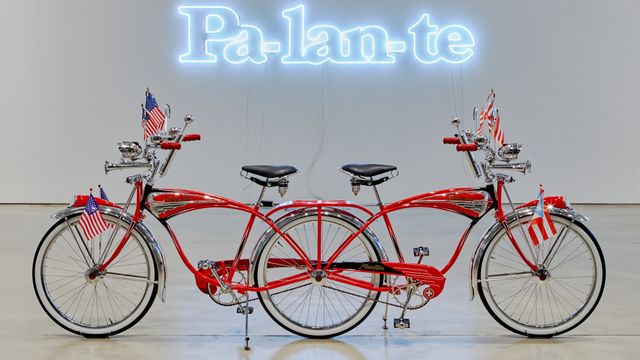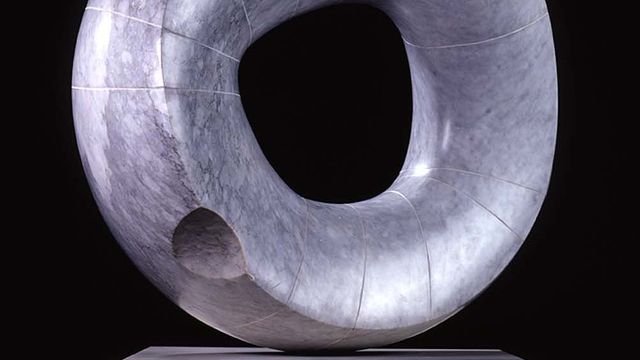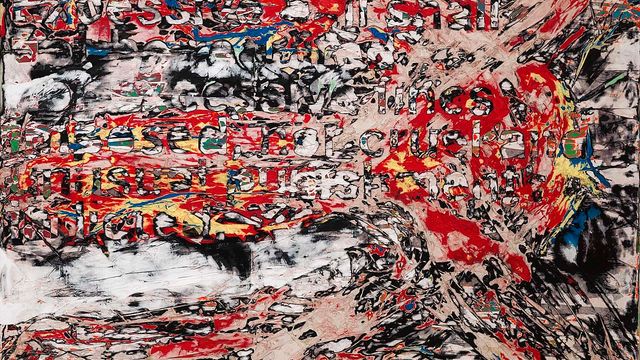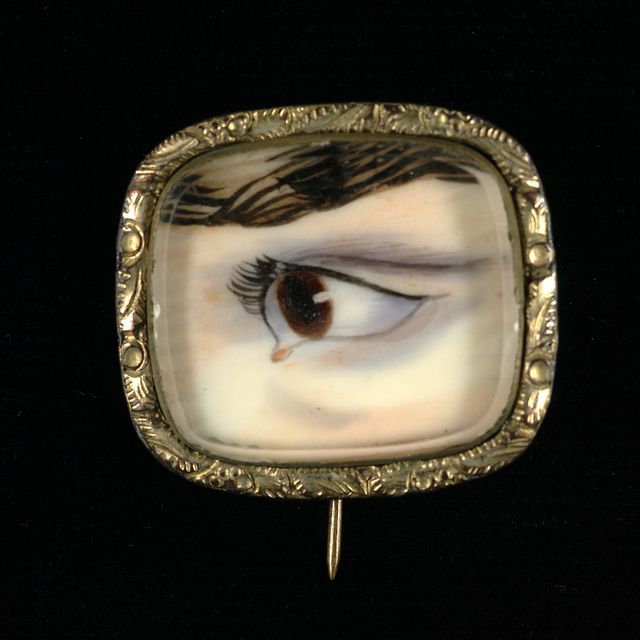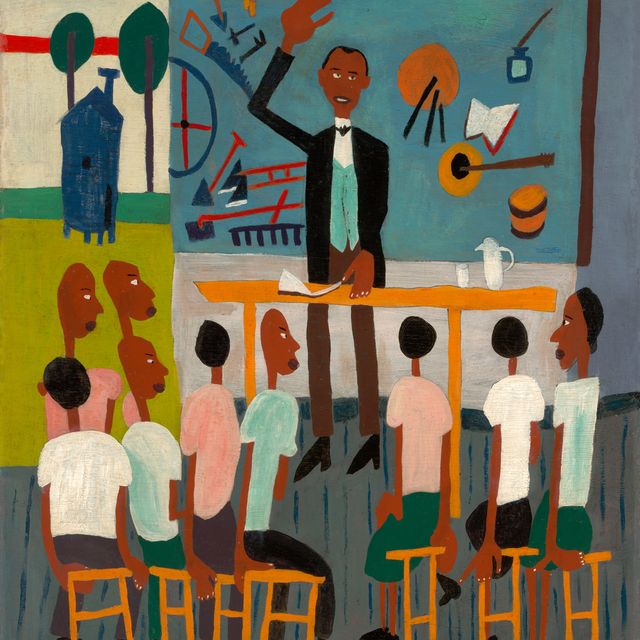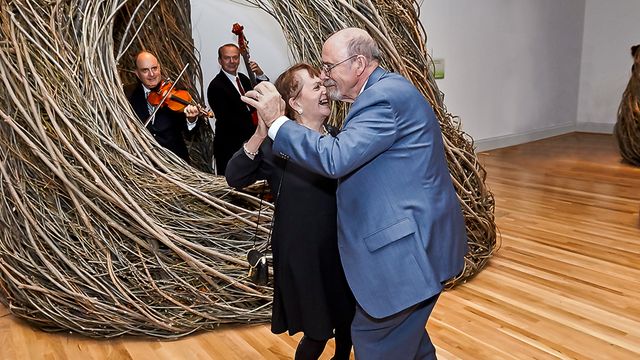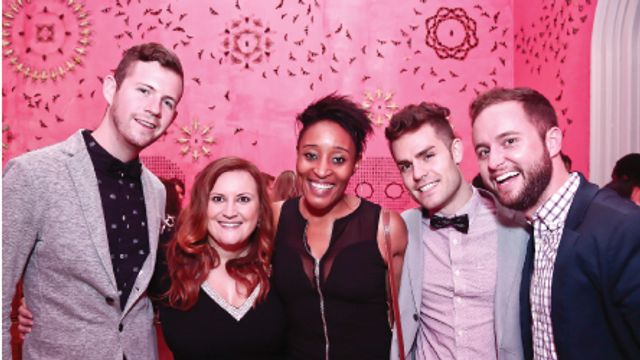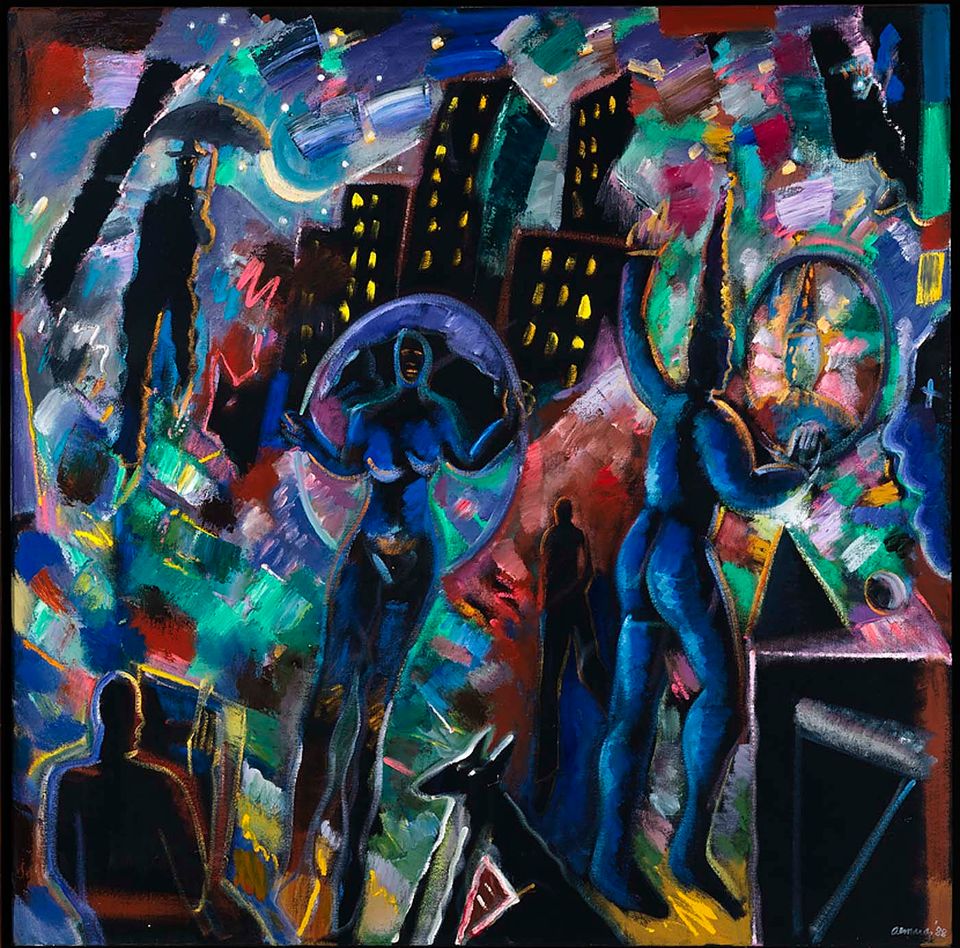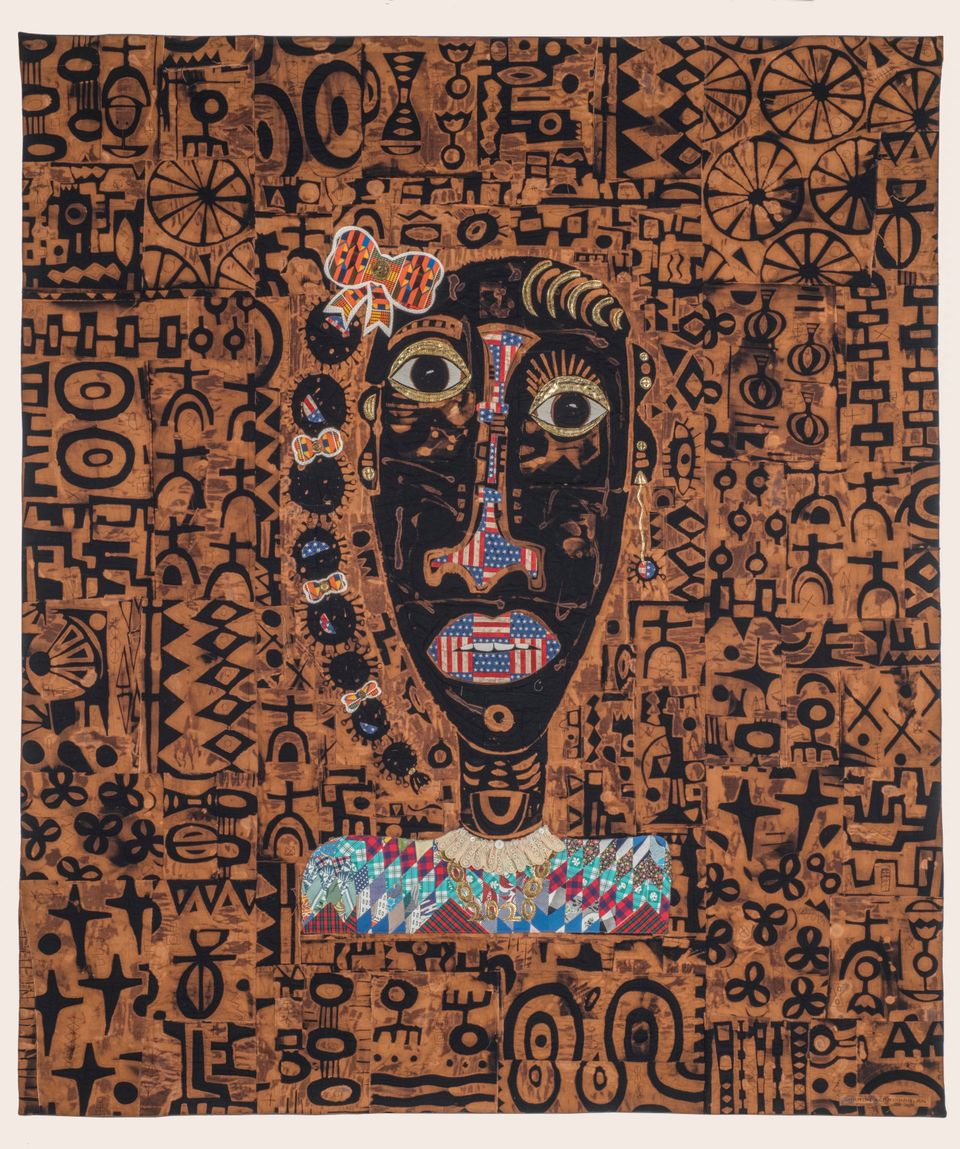Artist
Margarita Cabrera
born Monterrey, Mexico 1973
- Born
- Monterrey, Mexico
- Active in
- El Paso, Texas, United States
Videos
Exhibitions
October 25, 2013–March 2, 2014
Our America: The Latino Presence in American Art presents the rich and varied contributions of Latino artists in the United States since the mid-twentieth century, when the concept of a collective Latino identity began to emerge.
May 13, 2022–April 2, 2023
This Present Moment: Crafting a Better World showcases the dynamic landscape of American craft today.


